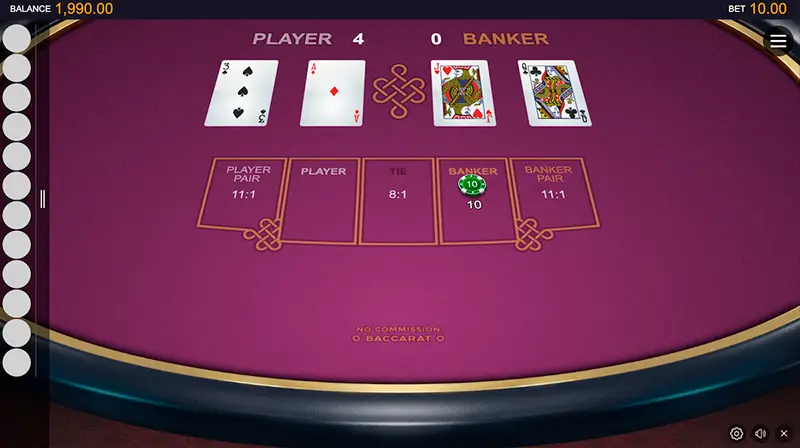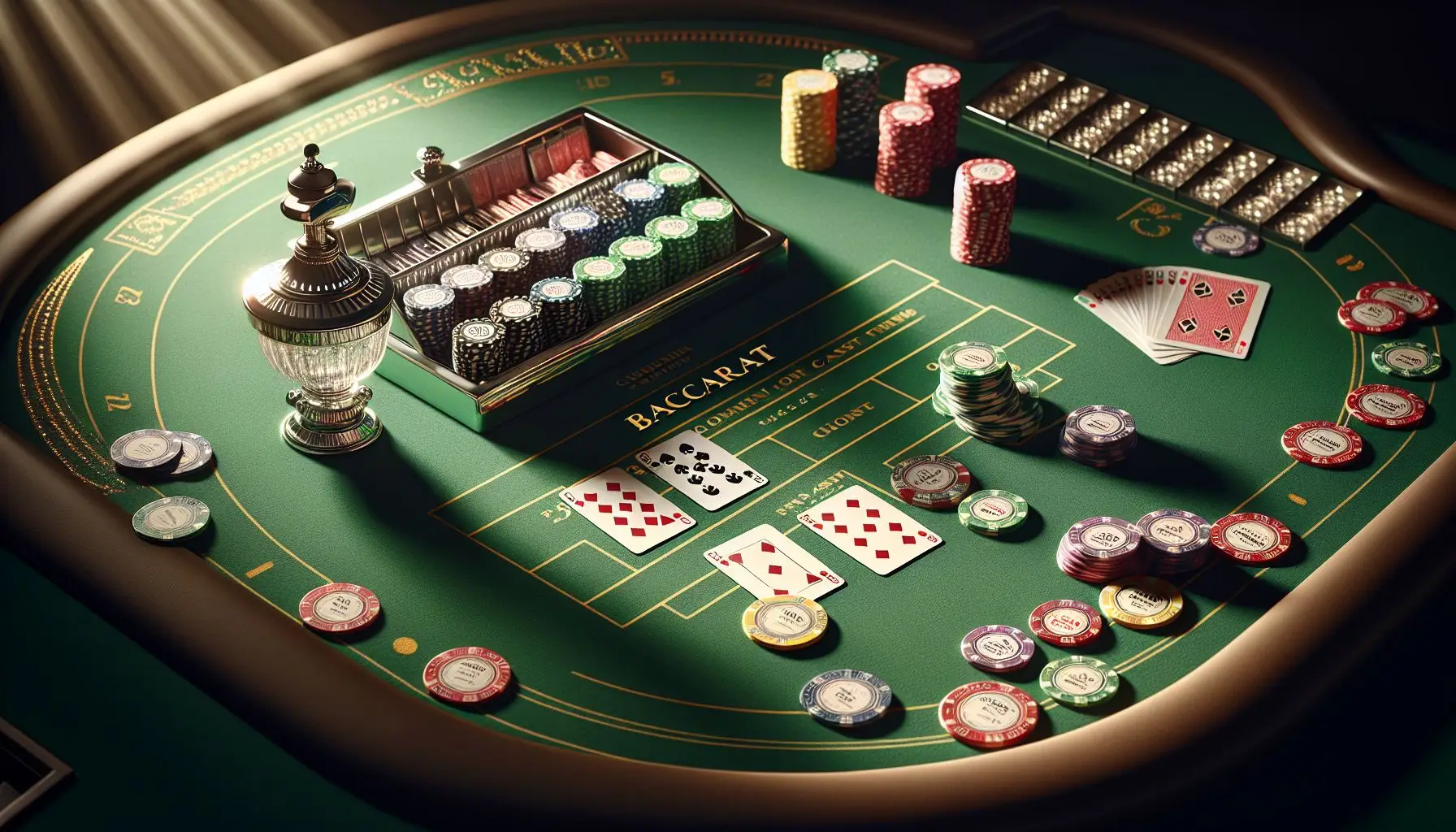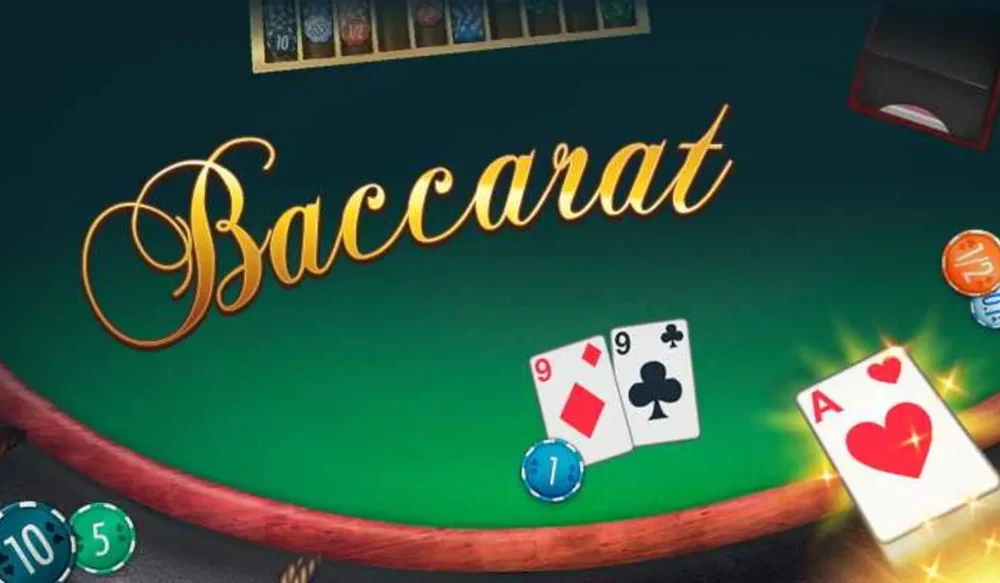Baccarat is a game shrouded in an aura of aristocracy and mystery. Behind the apparent simplicity lies a world of subtle calculations and strategic decisions. Success here is not only the smile of Fortune, but also the art of foresight, the ability to read the game and coolly manage your resources.
In this article we will tell you how to win in baccarat and what influences the success of players.
Key principles of the game
The history of the game goes back several centuries. The first mentions of baccarat are found back in the XV century in France and Italy, and the modern format came from Las Vegas casinos. At the moment there are three main versions: American, European and mini-baccarat, each has differences in the rules and approach to betting.

The main goal in baccarat is to get the sum of points as close as possible to 9. To do this, two or three cards are used, and the game is played between two sides: the banker and the player. Participants bet either on one of the sides or on a draw, which, despite the high payout ratio, is the most unfavourable bet.
The randomness factor: why baccarat is not just a game of luck
There is an opinion that this entertainment is pure random, but mathematical analysis shows the opposite. How to win in baccarat? Pay attention to the calculation of probabilities and competent management of bets.
Factors affecting the outcome of the game:
- Number of decks in the game: the more cards used, the lower the probability of predicting the outcome. In classic baccarat, 6-8 decks are used.
- Casino advantage: when betting on the banker it is 1.06%, while when betting on the player – 1.24%. This proves that betting on the banker is more favourable.
- Probability distribution: betting on a draw wins only 9.52% of the time, which makes it the least promising strategy.
Players who analyse statistics and use betting management systems can significantly increase their chances of success.
How to win at baccarat – strategies that work
 To answer the question of how to win at baccarat, you need to consider proven strategies to minimise the risks and increase the probability of winning.
To answer the question of how to win at baccarat, you need to consider proven strategies to minimise the risks and increase the probability of winning.
The three best strategies:
- Flat betting is a method in which a player makes the same bets regardless of the result of the previous game. The strategy allows you to control the bankroll and avoid large losses.
- Passwords is a positive progression system in which the bet increases after a win. Helps the player to take advantage of a winning streak while minimising the risks of losing.
- D’Alamber – a method based on increasing the bet after a loss and reducing it after a win. A softer alternative to Martingale, allowing you to reduce the load on the bankroll.
Each strategy helps answer the question: how to win at baccarat, giving players the tools to effectively manage their bets.
Baccarat tips from the pros
Players who want to understand how to win at baccarat should not only choose the right strategies, but also avoid common mistakes.
The main recommendations are:
- Bankroll control: you should never bet more than 5% of your total budget on a single game.
- Ignoring a draw bet: despite the high odds, the probability of winning is too low.
- Exit at the right moment: you should never continue to play after a series of wins and losses, relying on “gut feeling”.
Proper financial management and the choice of optimal bets can minimise the influence of chance.
How betting systems work in baccarat: myths and reality
The most popular method is considered to be Martingale – a system that involves doubling the bet after each loss. In theory it seems to be a win-win strategy, but in reality it has serious disadvantages.

The problems of the Martingale system:
- casino betting limit: if the series of losses is prolonged, the player will reach the limit and will not be able to continue increasing the bet;
- high risks: 5-6 losses in a row can lead to a complete drain of the bankroll;
- the need for a large budget: to effectively apply this system, you need a huge bankroll, which not every player has.
When it comes to how to win at baccarat with strategies, it is better to use more balanced ones: D’Alamber or Paroles.
Live dealer baccarat
Live dealer baccarat, which differs from the usual online game in that it uses a real pack of cards rather than a random number generator, has been gaining popularity in recent years.
Advantages of the live format:
- Transparency of the process: players can see the real deals of cards;
- the possibility of using statistics: unlike the automatic game, here it is possible to take into account the history of hands;
- social element: platforms allow you to communicate with the dealer and other players, making the process more exciting.
How to choose an honest casino and not fall for scammers
Before you start playing, it is important to choose a reliable online casino, because the honesty of the operator affects the final result.
Factors to look out for:
- Licence availability: the casino must have a licence from the regulatory body – Malta Gaming Authority or UKGC.
- RNG certificates: independent audits (eCOGRA) ensure that the game results are truly random.
- Player Reviews: If an establishment fails to pay out winnings or uses questionable practices, it quickly becomes known in the community.
Choosing an honest operator is another step to understanding how to win at baccarat and not encounter unpleasant surprises.
Conclusion
 Success in the game doesn’t just depend on chance. Strategy is also important. A beginner should deeply study the issues of competent bankroll management, the choice of proven tactics and refusal of impulsive bets. A reliable casino with a licence and transparent algorithms reduces risks. Analysing statistics helps to predict trends and adjust tactics. The more consciously a player approaches the process, the higher his chances of stable winnings.
Success in the game doesn’t just depend on chance. Strategy is also important. A beginner should deeply study the issues of competent bankroll management, the choice of proven tactics and refusal of impulsive bets. A reliable casino with a licence and transparent algorithms reduces risks. Analysing statistics helps to predict trends and adjust tactics. The more consciously a player approaches the process, the higher his chances of stable winnings.
 en
en  ru
ru  de
de  ar
ar  es
es  nl
nl  hi
hi  fr
fr  it
it  pt
pt  el
el 



